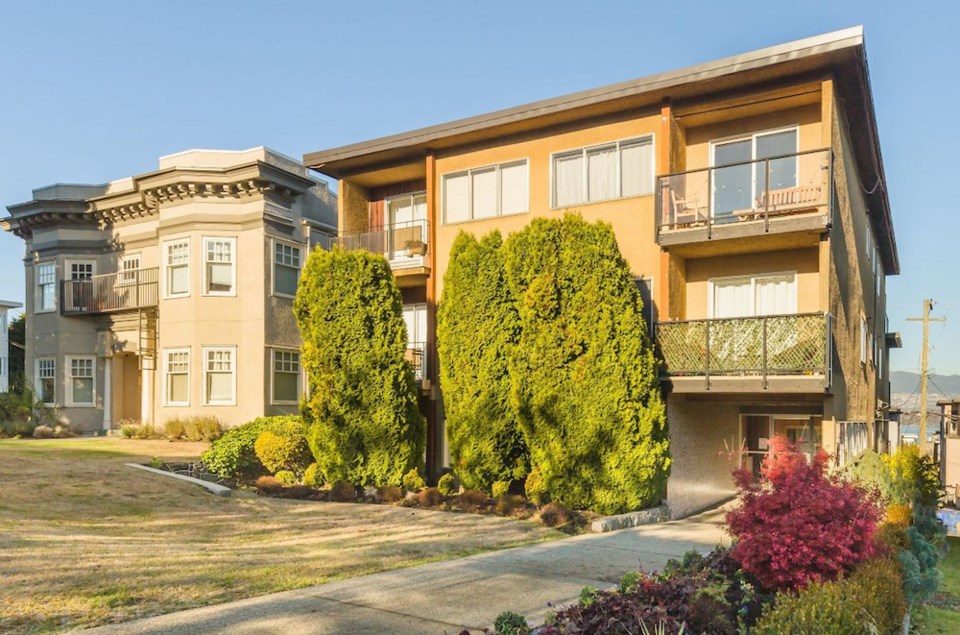Metro Vancouver multifamily investors took the headwinds facing the sector in stride last year, looking ahead even as a combination of factors worked to keep them on the sidelines.
Total deal value exceeded $2 billion last year, down 21 per cent from 2021 but still among the top five tallies on record, according to Goodman Commercial Inc.
The year ranked fourth in terms of aggregate value, slightly lower than third-ranked 2017 (which preceded the record $3 billion in sales that followed in 2018). A volume of 130 sales pointed to ongoing demand, but also the challenges as sentiment shifted from the new normal to a new unusual.
“Buyers and sellers over the last six to nine months have been staring each other down in all commercial real estate asset classes, and especially for development land,” said Mark Goodman, a principal of Goodman Commercial.
While the firm considers itself fortunate to have brought a number of transactions to completion last year at respectable pricing, Goodman notes that activity dropped off in the second half of the year as interest rate hikes hit home.
Goodman’s latest market report notes that approximately 73 per cent of sales happened in the first half of the year, before rapidly rising interest rates began impacting deal-making and negotiations around price. Seven interest rate hikes followed, lifting the Bank of Canada’s overnight policy rate by four percentage points – the sharpest increase in a generation. Sales dropped off in the second half of the year as uncertainties around the extent and duration of higher interest rates took hold.
While sales have come back, prices are easing and cap rates are rising as deals reflect the new market.
“Cap rates must necessarily be higher to reflect higher borrowing costs,” he said. “We’ve seen in the few deals there’s been a change in values. … They have dropped slightly.”
While a stabilization in the market is likely in the year ahead, activity remains tepid. Buyer interest is strong, but coming largely from more sophisticated purchasers.
“People are embracing the new market realities,” Goodman said. “The sophisticated players who have been buying and selling in this market over the long-term are back.”
A pair of neighbouring properties on West 1st Avenue in Vancouver’s Kitsilano neighbourhood are a case in point. With a total of 24 units and a combined list price of $12.6 million, the properties have attracted 22 buy groups and multiple offers.
“Well-located properties that are priced at market are generating massive response,” Goodman said as he finished up a tour. “We’re finishing up our fifth major showing.”
While the list price for the properties works out to a mid-three per cent cap rate, Goodman says it’s too early to say where this year’s market will go. While there are signs of a more stable environment taking shape, and government policies continue to constrain supplies, last year also began with high hopes.
“We’ll know more by the second or third quarter of this year, as to where values are landing,” Goodman said.



